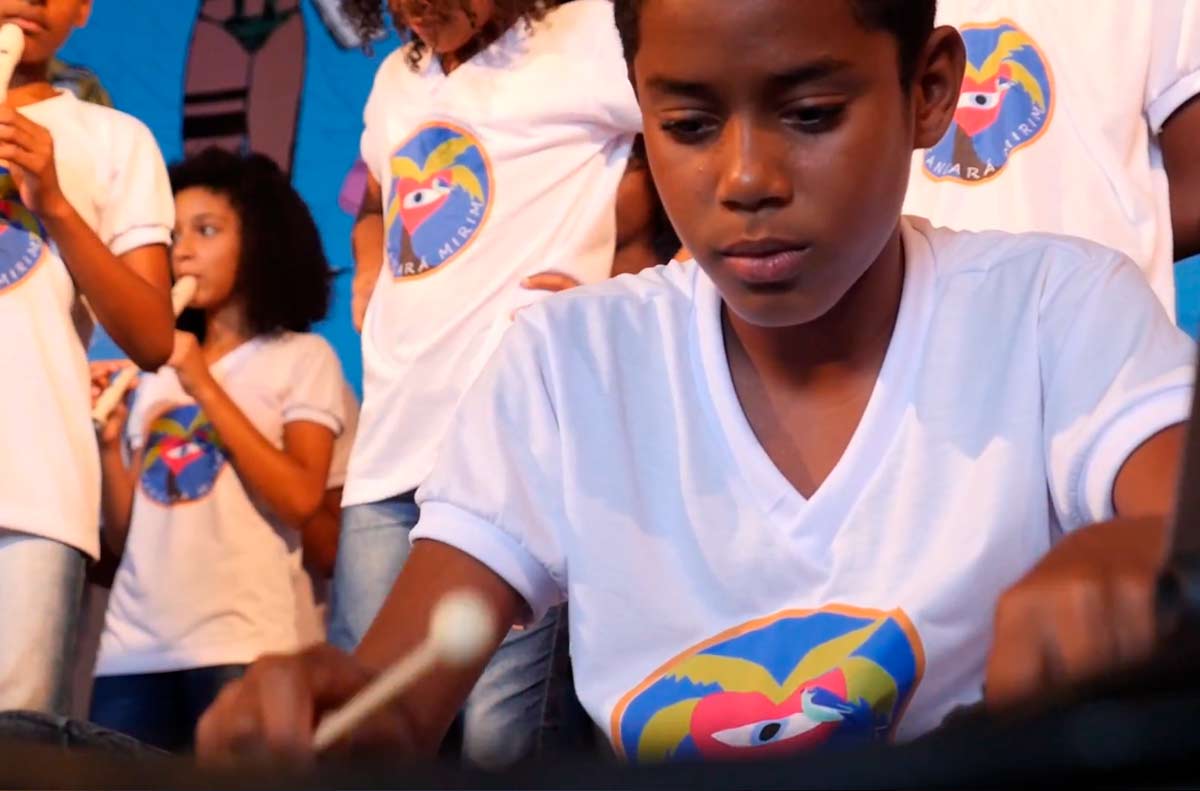Voice and sacred movements of the Xavante indigenous group (Brazil)
The Xavante as they were known by the white people or Auwe, as they call themselves, have been living for a very long time in the central-west region of Brazil, in the vast and open fields of the Cerrado. They are a part of this world since the time of creation, learning from their ancestors the art of living in this place.
Everything they need to survive is there: abundant hunting, a variety of fruit, roots, fish, palm leaves to build houses and baskets, trees that make good bows, arrows and rims, feathers and natural paint colours for the beauty of the body and the spirit.
And from dream comes power, the teaching to follow in the path of tradition, the protection of ancestors in their everyday lives, the beauty of the ceremonial chants that renew the act of creation. For thousands of years they lived there, in the Cerrado, traveling huge stretches in their hunting expeditions, knowing every little bit of their land, at the foot of Serra do Roncador. For these people, Brazil is a recent novelty. It was in the 1940s, on the eve of the twenty-first century, after a difficult time of many wars and deaths, the Xavantes decided to “pacify the whites” and establish contact with the “warazu.”
Thus, the great chief Ahöpowe (Apoena), on the banks of the river that became known as Rio das Mortes (River of Deaths), in the mother village of the Xavante people, iniciated a new phase for his people who now lived in dozens of other villages scattered throughout the state of Mato Grosso.
Today the Etnhiritipá – the “Auwe people of Serra do Roncador”, grandchildren and great-grandchildren of Ahöpowe, continue to live in the same place, hunting, making their buriti straw houses, telling their children old stories and searching for a new way to relate to those who have arrived.
Source: FUNAI

